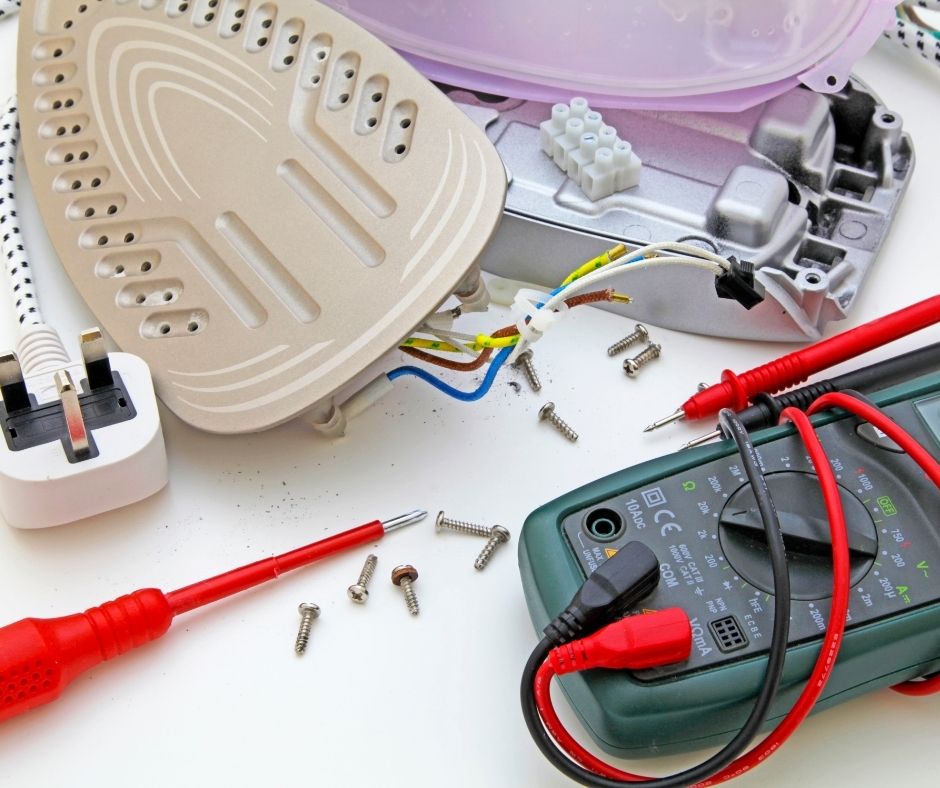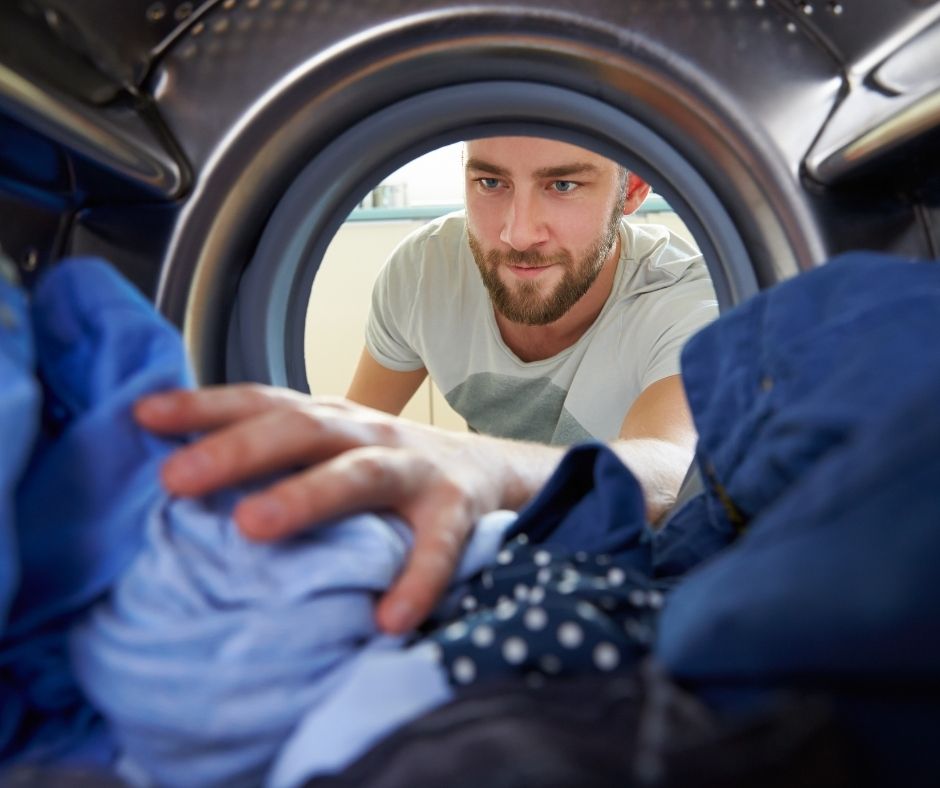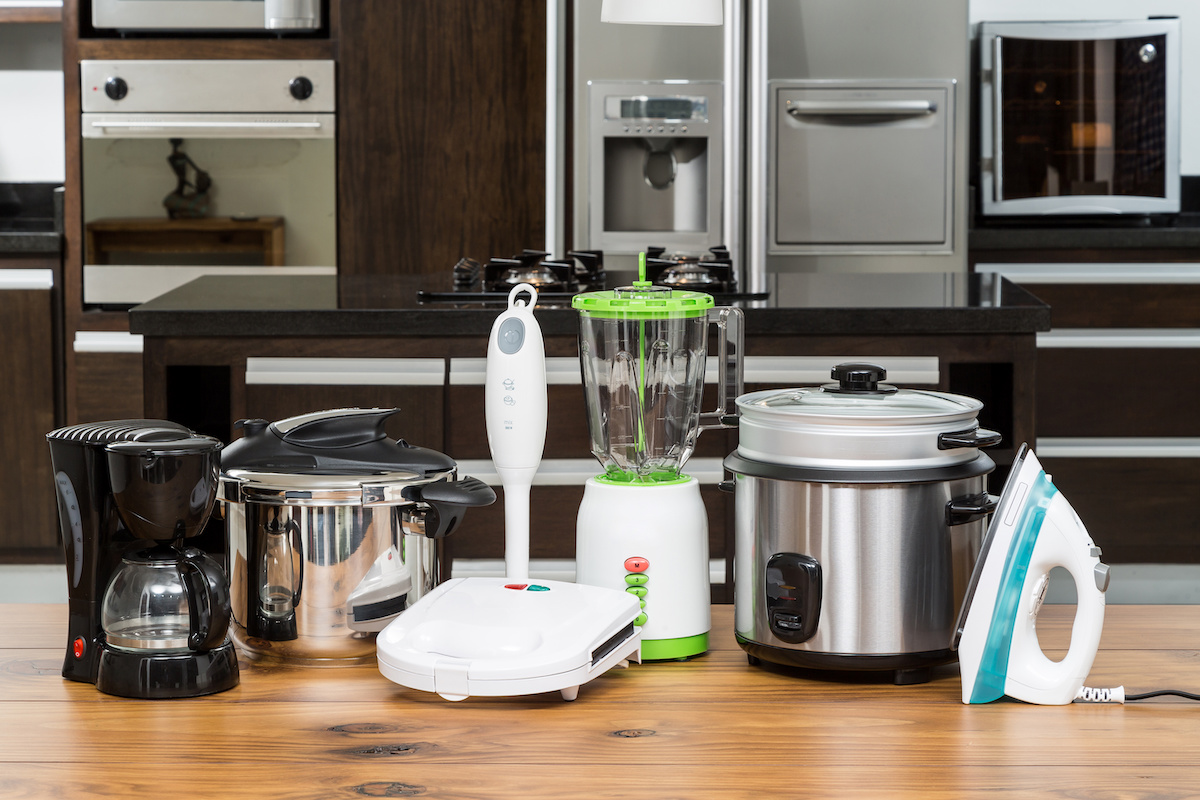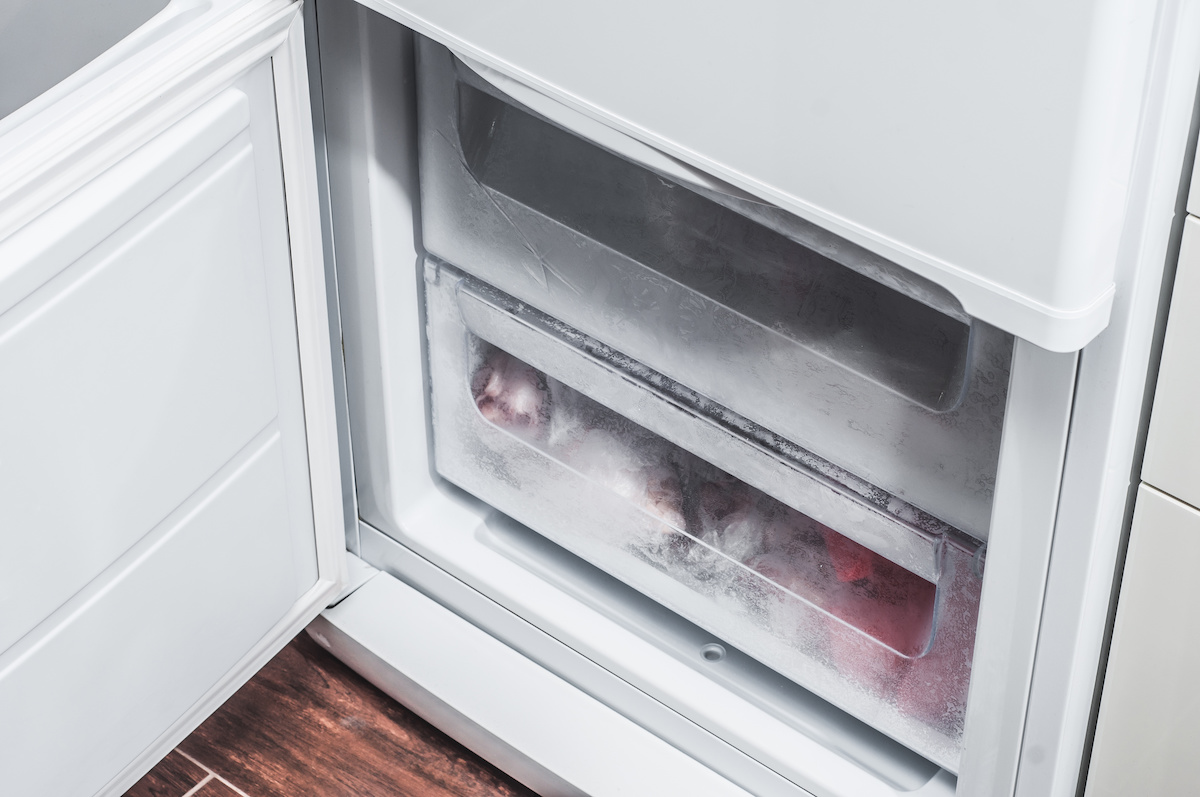
Troubleshooting Common Freezer Temperature Problems
A properly functioning freezer is essential for preserving food, maintaining its freshness, and preventing spoilage. However, when you begin to experience freezer temperature problems, it can lead to a host of issues, from ruined food to increased energy consumption. Fortunately, many freezer temperature problems can be troubleshot and resolved without professional help.
In this article, we’ll explore some common freezer temperature issues, their potential causes, and how you can troubleshoot and resolve them.
Common Freezer Temperature Problems
Before diving into specific troubleshooting steps, let’s take a look at some of the most common freezer temperature problems:
- Freezer is Too Warm: Your freezer isn’t reaching the desired low temperature, causing food to thaw or spoil.
- Freezer is Too Cold: The freezer is colder than necessary, leading to excessive frost build-up or frozen items in places they shouldn’t be.
- Inconsistent Temperature: The freezer’s temperature fluctuates, sometimes being too warm and other times too cold.
- Frost Buildup in the Freezer: Frost accumulates inside the freezer, often on the walls, shelves, or around the door.
- Freezer Not Cooling at All: The freezer feels warm and doesn’t seem to be cooling down, even when the temperature setting is adjusted.
Now that we’ve identified the most common issues, let’s explore how to troubleshoot and potentially fix these problems.
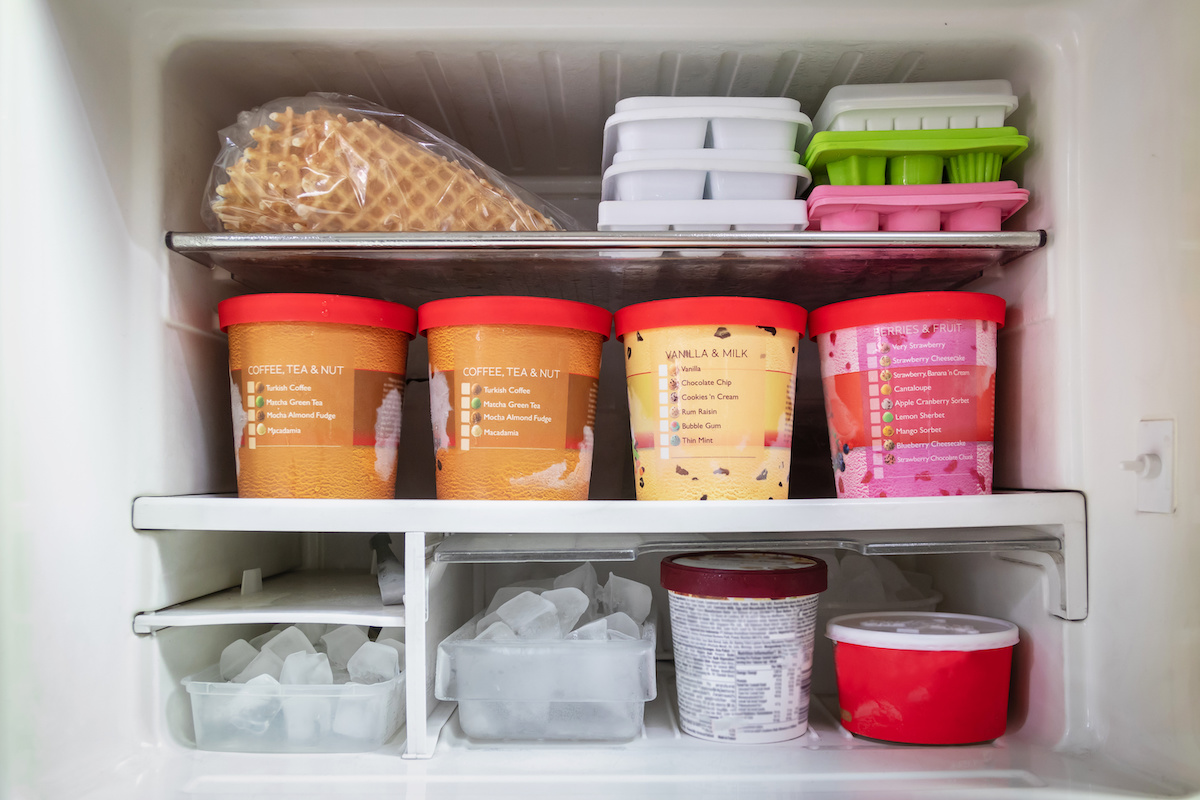
1. Freezer is Too Warm
If your freezer isn’t cold enough, it could be a sign that there’s something wrong with the appliance’s cooling system, door seals, or airflow. Here are some troubleshooting steps:
Check the Temperature Setting
The first and easiest step is to check the temperature setting. Freezers should typically be set to 0°F (-18°C). If the setting is too high, the freezer won’t reach the desired temperature. Adjust the dial or digital control to the correct setting and wait a few hours to see if the temperature stabilizes.
Inspect the Door Seal
A faulty door seal (gasket) can allow warm air to enter the freezer, causing the internal temperature to rise. Check the gasket for cracks, tears, or dirt. A simple way to test the seal is by placing a dollar bill or a piece of paper in the door and closing it. If you can easily pull the paper out without resistance, then the seal isn’t working properly. Clean the gasket with warm soapy water to remove dirt or debris, and if it’s damaged, you may need to replace it.
Ensure Proper Airflow
Blocked vents can restrict airflow and prevent your freezer from maintaining the correct temperature. Make sure there’s enough space around the freezer for air to circulate, and check the internal vents to ensure they aren’t blocked by food items. Rearrange items inside the freezer to allow air to flow freely, which will help the cooling system work efficiently.
Clean the Condenser Coils
Dirty or clogged condenser coils can cause your freezer to overheat and struggle to maintain the correct temperature. The coils are typically located at the back or bottom of the freezer. Unplug the appliance, and use a vacuum or a coil cleaning brush to remove dust and debris from the coils. Cleaning them regularly can improve your freezer’s efficiency and help it maintain the right temperature.
Check the Evaporator Fan
The evaporator fan is responsible for circulating cold air inside the freezer. If the fan isn’t working, the freezer won’t cool properly. Listen for any unusual noises, or check if the fan is spinning when the freezer is running. If it’s not functioning or is making loud noises, it may need to be replaced.
2. Freezer is Too Cold
While having a freezer that’s too cold might not seem like a problem, it can lead to excessive frost buildup, increased energy consumption, and food items freezing in unwanted areas like the refrigerator section (if it’s a fridge-freezer combo). Here’s how to address a freezer that’s too cold:
Adjust the Temperature Setting
Sometimes, the issue is as simple as the temperature setting being too low. Double-check that the freezer’s thermostat is set to 0°F (-18°C). If it’s set lower than that, adjust it and wait a few hours to see if the temperature stabilizes.
Check the Thermostat or Temperature Sensor
If adjusting the temperature setting doesn’t help, there may be an issue with the freezer’s thermostat or temperature sensor. A faulty thermostat can cause the freezer to run constantly, making it colder than necessary. You may need to test the thermostat or sensor with a multimeter to check for continuity. If they’re faulty, they’ll need to be replaced.
Inspect the Defrost System
A malfunctioning defrost system can cause frost to build up inside the freezer, which may result in the appliance running colder than it should. The defrost system consists of the defrost timer, defrost heater, and defrost thermostat. If any of these components fail, frost can accumulate and lead to an overly cold freezer. You may need to test these components and replace any that are faulty.
3. Inconsistent Temperature
If your freezer’s temperature fluctuates, it could indicate a problem with the cooling system, thermostat, or even external factors such as the location of the appliance. Here’s how to troubleshoot inconsistent temperatures:
Check the Location of the Freezer
If your freezer is located in an area with extreme temperature changes, such as a garage or near a heat source (like a stove or dishwasher), it may struggle to maintain a consistent temperature. Try moving the freezer to a more temperature-controlled environment, or ensure that it has proper insulation if it’s in a garage.
Inspect the Door Seal
As mentioned earlier, a faulty door seal can allow warm air to enter the freezer, causing temperature fluctuations. Perform the dollar bill test to ensure the seal is working correctly.
Test the Thermostat
A faulty thermostat can cause the freezer to turn on and off at irregular intervals, leading to inconsistent temperatures. Test the thermostat for continuity, and replace it if necessary.
Check for Frost or Ice Buildup
Excessive frost or ice buildup can block airflow and cause temperature fluctuations. If you notice frost buildup inside the freezer, defrost the appliance manually by unplugging it and letting the ice melt. Once defrosted, clean the freezer and turn it back on to see if the temperature stabilizes.
4. Frost Buildup in the Freezer
Frost buildup is a common issue in freezers, and while a small amount of frost is normal, excessive frost can lead to cooling problems. Here’s how to troubleshoot frost buildup:
Check the Door Seal
A damaged or dirty door seal can allow humid air to enter the freezer, leading to frost buildup. Clean the gasket with warm soapy water, and replace it if it’s damaged.
Avoid Overfilling the Freezer
Overloading the freezer can restrict airflow, causing cold air to become trapped in certain areas and leading to frost buildup. Ensure that there’s enough space around the food items for air to circulate freely.
Inspect the Defrost System
A faulty defrost system can lead to excessive frost buildup inside the freezer. As mentioned earlier, you’ll need to check the defrost timer, defrost heater, and defrost thermostat to ensure they’re functioning correctly. If any of these components are faulty, they’ll need to be replaced.
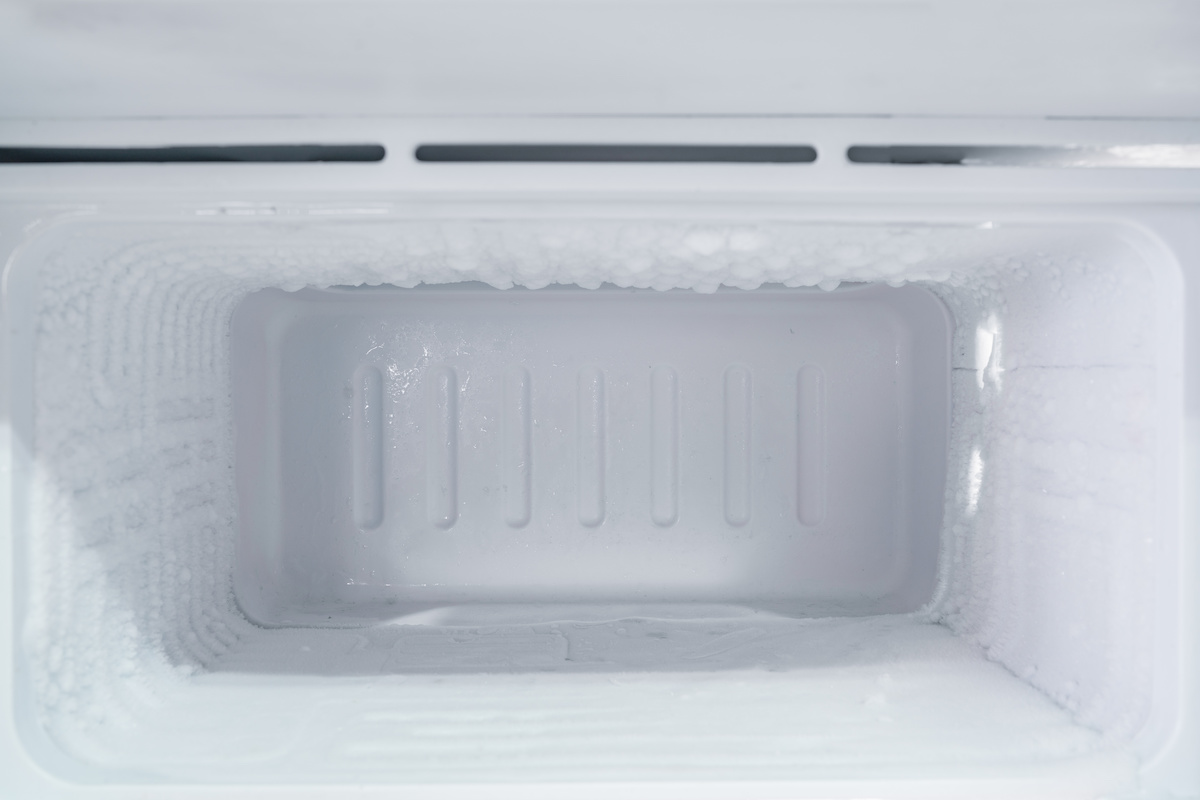
5. Freezer Not Cooling at All
If your freezer isn’t cooling at all, there could be a major issue with one of the appliance’s components. Here’s how to troubleshoot a freezer that’s not cooling:
Check the Power Supply
Start by ensuring that the freezer is properly plugged in and receiving power. Check the outlet by plugging in another appliance to see if it works. If the outlet isn’t working, you may need to reset the circuit breaker or call an electrician.
Test the Compressor
The compressor is responsible for cooling the freezer, and if it’s not functioning, the freezer won’t cool. Listen for any clicking or humming sounds coming from the compressor, which could indicate that it’s malfunctioning. If the compressor is faulty, it will likely need to be replaced by a professional.
Inspect the Start Relay
The start relay helps the compressor start running, and if it’s faulty, the compressor won’t function. You can test the start relay for continuity using a multimeter. If it’s defective, replace it to see if the freezer starts cooling again.
Check the Evaporator Fan and Condenser Coils
If the evaporator fan isn’t working, cold air won’t circulate inside the freezer. Similarly, dirty or clogged condenser coils can prevent the freezer from cooling. Make sure the fan is spinning and the coils are clean and free from debris.
Contact Atlanta Appliance Service for Help with Freezer Temperature Problems
Freezer temperature problems can be frustrating, but many of these issues can be troubleshot and resolved with a bit of investigation and basic maintenance. By following these troubleshooting steps, you can often fix common freezer temperature problems without the need for professional repair services.
At Atlanta Appliance Center, we understand how important it is to have a reliable and properly functioning freezer. If you’re experiencing persistent temperature problems and need professional assistance, don’t hesitate to contact our team of experts. We’re here to help you keep your appliances running smoothly and efficiently.

